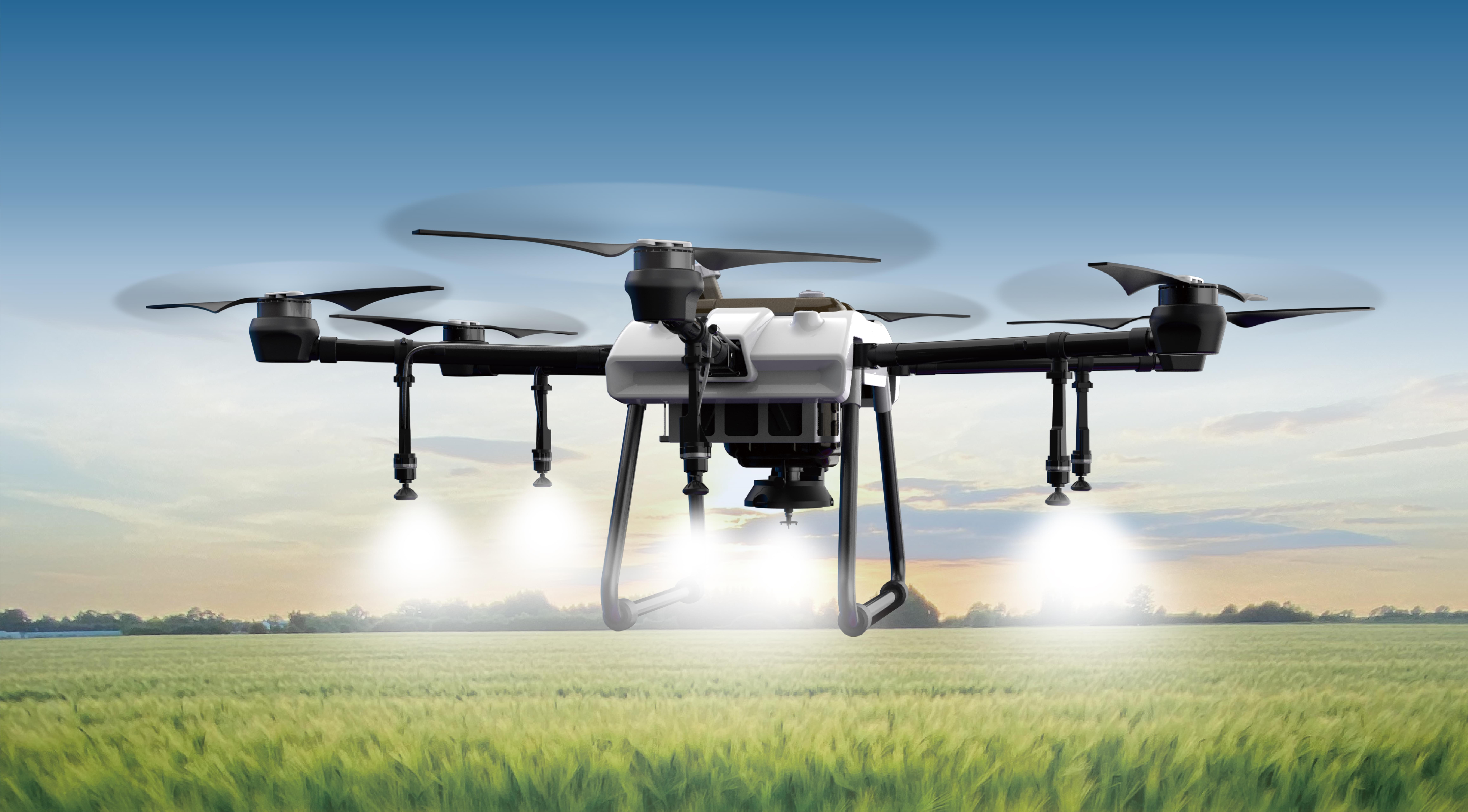Have you ever wondered how big tech giants manage their apps without turning everything into a confusing spaghetti mess? Think about your favorite apps that seem to work seamlessly, even while handling millions of users. There’s a good chance they’re powered by something called microservices. But what does that even mean? Let’s unpack it in a way that sticks.

Imagine building a huge LEGO city. Instead of creating one giant, rigid block that’s hard to adjust, you construct many small, independent structures. Each one can be built, fixed, or replaced without disturbing the rest. Microservices work the same way—they break down a large application into small, manageable pieces, each responsible for a specific task. For example, one microservice handles user authentication, another manages payment processing, and a third takes care of notifications.
Why go this route? Well, it’s flexibility. When a part needs an update, you don’t have to overhaul the entire system. Think about updating your phone’s app. If it was a monolith, you’d need a full reinstall. With microservices, it’s like swapping out one Lego building—quick and easy. For companies, this means faster innovation, fewer bugs spreading across the application, and better scalability.
Speaking of scalability, microservices fit perfectly with cloud environments. Each microservice can be scaled independently depending on demand. If suddenly your app gets popular for a limited-time event, you don’t need to boost resources for the entire system—just the parts that need it. That saves money and boosts performance.
But it’s not all sunshine and rainbows. Managing a bunch of tiny services can get complicated. You need good coordination and monitoring. Still, many companies swear by the benefits because it mirrors real-world business needs—fast, flexible, and resilient.
Here’s a question: Does my app need microservices? If it’s growing fast, or you want to stay ready for future changes without massive rework, the answer might be yes. Microservices aren't a magic fix, but they open that door to a more agile and robust architecture.
To sum it up, microservices are all about breaking down complexity into digestible parts that work well together. They bring agility and resilience, especially as applications and user bases expand. If you’re looking at a future of rapid change and constant updates, understanding and adopting microservices could be a game-changer. It’s a smart way to future-proof your digital presence without drowning in a sea of code.
Established in 2005, Kpower has been dedicated to a professional compact motion unit manufacturer, headquartered in Dongguan, Guangdong Province, China. Leveraging innovations in modular drive technology, Kpower integrates high-performance motors, precision reducers, and multi-protocol control systems to provide efficient and customized smart drive system solutions. Kpower has delivered professional drive system solutions to over 500 enterprise clients globally with products covering various fields such as Smart Home Systems, Automatic Electronics, Robotics, Precision Agriculture, Drones, and Industrial Automation.




































